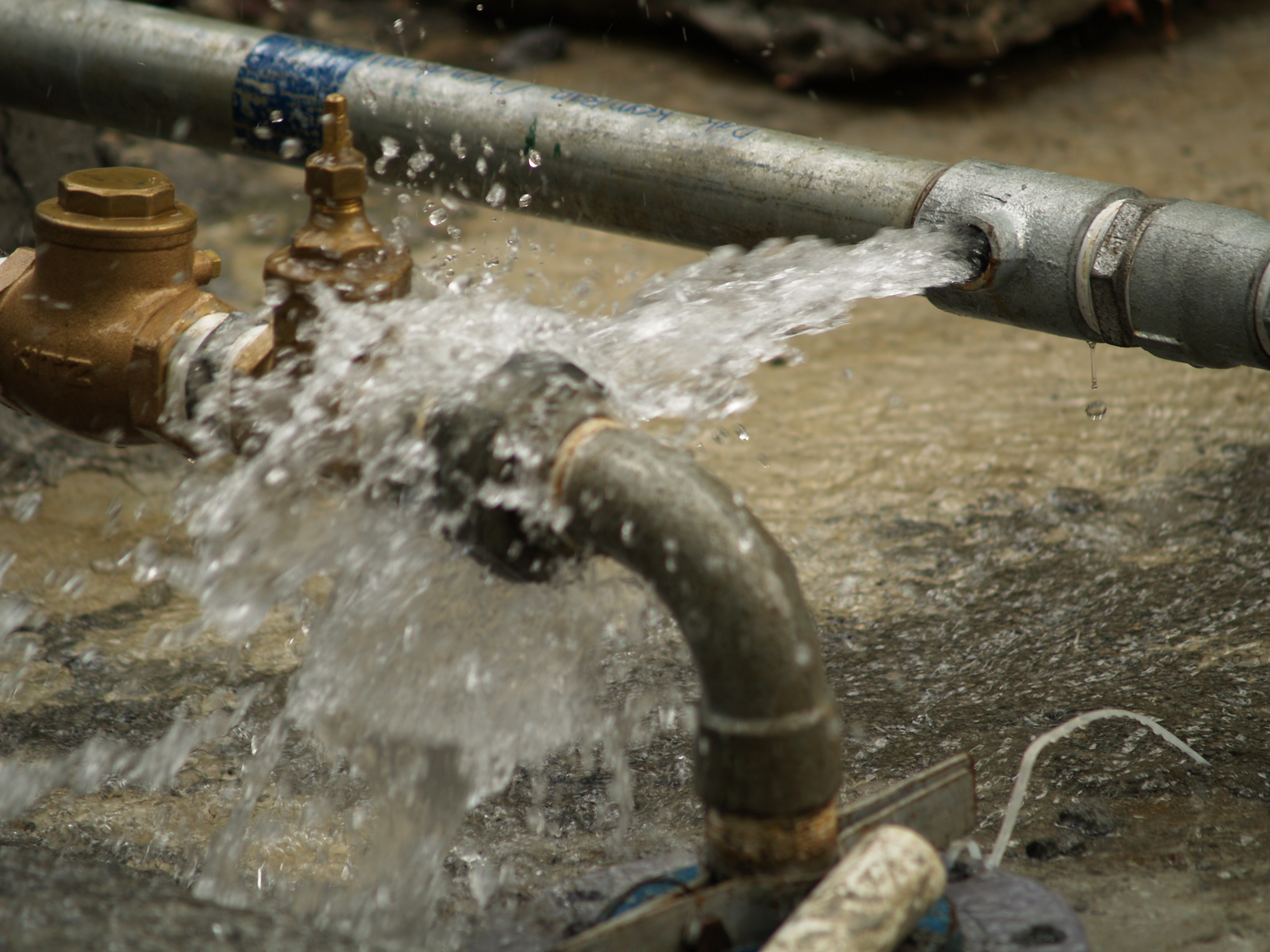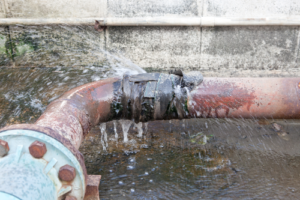Best Tips for Septic Tank Maintenance: What You Should Know
Best Tips for Septic Tank Maintenance: What You Should Know
Blog Article
We've stumbled on the article on The Do’s And Don’ts When Water Floods Your Home directly below on the net and reckoned it made sense to talk about it with you over here.

What should you do if a water pipe bursts in your house, producing a mini-waterfall as well as flooding a location of your house? In this circumstance, you have to act quickly. The longer you wait, the more severe the water damage in your residential property. When an emergency such as this takes place, clearheadedness is vital. For these factors, you require to discover what to in case of a ruptured pipes. Due to the fact that time is of the significance, examine out the adhering to ideas listed below to assist you act quick.
Turn off the Main Waterline Valve
The first thing you need to do is shut the shut-off valve. Look for the neighborhood shut-off shutoff to turn-off water in one particular area just. If you do not know where the localized shut-off shutoff to the fixture is, you have to turn-off the main waterline shutoff. This will certainly remove the water in your whole house. Generally, the major valve is found outside the residence alongside the water meter. If it's not there, you can likewise find it in the basement at an eye-level or maybe in the 1st floor on the ground. Usually, contractors yet the shut-off valve in the main ground degree bathroom or appropriate beside it.
Call Water Damage Reconstruction Pros for Assistance
After shutting the water resource, call the pros for help. This is not something you can conveniently DIY due to the fact that they require to fix the pipelines and resolve the damages to your building. Look for help from a trustworthy business supplying 24/7 emergency services. With their specialist help, you can minimize worsening due to the fact that water can leak through your things causing warped walls, loose ceramic tiles, or damages structure. Do not take this trouble lightly and also look for profession assistance for full assurance.
Document the Damage For Insurance policy
As you are waiting for the pros to show up, record the damages caused by the errant pipeline. Take images and videos of whatever. Do closeup shots of prized possessions. These things will work as proof for your home owner's insurance. Staying positive with this enables you to sue for protection, which will certainly aid you and your family return on your feet.
Recover Points That Can Be Saved
Once you're done taking pictures, browse the items and get the most essential ones from the stack. Dry them off and also attempt to maintain as high as you can. Drag them far from dampness so they can start to dry.
Beginning the Drying Refine
The good news is, water from your waterlines are tidy so you don't have to worry concerning drain water. The streaming water may have interrupted the dirt and particles in your rugs as well as floorboards. Be prepared with gloves as you use pails to dispose out the water.
Professionals are the only ones certified to repair the burs pipelines as well as succeeding damage. You will generally see red flags like bubbling paint, weird sounds in the plumbing, musty smell, caving ceiling, peeling wallpaper, or water spots.
What should you do if a water pipe ruptureds in your house, producing a mini-waterfall and flooding a location of your house? For these factors, you need to discover what to in case of a ruptured water pipe. After closing the water source, call the pros for aid. With their professional aid, you can reduce worsening because water can leak through your things resulting in deformed baseboards, loosened tiles, or damage framework. Thankfully, water from your waterlines are tidy so you do not have to worry concerning sewer water.
How to Handle a Burst Pipe and Minimize Damage
Steps to Take Ahead of Time
If you own property in an area that experiences cold weather, you need to be aware of seasonal maintenance tasks that will help you protect your property as the weather changes each year. One of the most important steps is to winterize your pipes to ensure they won't freeze or burst when the temperature drops. This includes action items like insulating any exposed pipes, detaching garden hoses and covering outdoor faucets. If the weather gets cold enough, you may even consider leaving a faucet dripping or opening cabinet doors during the coldest parts of the day.
No matter how prepared you might be, accidents and emergencies still happen. You'd be wise to set up a savings account specifically for your property so you have a "rainy day" fund set aside for unexpected expenses. All homes—regardless of age, location or condition—will inevitably need some form of emergency repair.
Steps to Take for Frozen Pipes
A frozen pipe will not necessarily burst, so if you can catch a frozen pipe early on, you could save yourself a major headache. When your area experiences frigid temperatures, be sure to check your plumbing and keep an eye out for warning signs like faucets only releasing small amounts of water or toilets not refilling when flushed. If you do run into one of these issues, you're likely dealing with a frozen pipe.
If this happens, your first step should be to cut off the water supply to that section of the plumbing. Expanding and freezing water can quickly cause damage. Even if the water supply is shut off, you will likely still deal with some leaking from the water that defrosts after the pipe has thawed. Be prepared with a mop, bucket and/or towels to quickly soak up any excess water.
In order to thaw a frozen pipe, you can use a space heater, infrared or incandescent heat lamp, or even a hairdryer to warm up the frozen area. Heat tape is also an option and should be used according to manufacturer instructions. Do not use any sort of open flame to thaw frozen pipes, as it poses a major fire hazard and can damage your pipes further.
Steps to Take for a Burst Pipe
Water damage claims are the second most common insurance claim in the U.S. When you're dealing with a frozen pipe, the water continues to expand as it freezes, which creates pressure that can cause a pipe to burst. When this happens, the crack or leak in the pipe allows water flow from the pipe to enter your home where it shouldn't. If a pipe does burst, you need to act quickly to mitigate property damage and repair cost.
Your very first step should be to shut off your main water supply to minimize flooding—typically the most expensive damage to address. Once you've shut off the water supply, make sure you identify the entire area that has been impacted by the leak. Remove as much water as possible—as quickly as possible—using a mop, sponges, towels or a shop vacuum or wet/dry vacuum. To prevent long-term damage due to moisture build-up, run a dehumidifier or fan in the affected area. Contact a licensed plumber to ensure the pipe is correctly repaired before running any water to that section of the home again. Burst pipes and the associated water damage are something you absolutely want to avoid as a property owner. If you've had to learn your lesson the hard way, don't let yourself get caught in a similar situation during the next spell of cold weather. The best way to deal with frozen or burst pipes is to prevent them in the first place—proactive winter maintenance will save you time, money and a whole lot of stress.

As an avid reader on What To Do And What Not To Do When Dealing With Water Damage, I was thinking sharing that excerpt was worthwhile. Sharing is caring. You just don't know, you could be helping someone out. Thanks a lot for your time. Come back soon.
Report this page